The last few days the team has been busy wrapping up our transplant experiment, TLICE. This involved us going out to our hole in the polar haven, (a hut in the middle of the ice to protect us from the elements) and to the moat to pull up the frames that have our transplanted microbes in dialysis bags, or sausages as Parnell calls them, attached. After retrieving the sausages, we slice them open to get their water and then filter that water for various analysis such as DNA, chlorophyll content, and carbon and nutrient content. Additionally Rachael has started a new experiment, currently known as MMIC (spoken as mimic) where she and her colleague, Ian Hawes, takes frozen mat samples and thaws them in a containers stored in the lake to see if these are a major source of nutrients! We are quite excited to see how this turns out when we pull this experiment out on Monday!
|
I was lucky enough to tag along on a day trip with two colleagues to three beautiful sites in the dry valleys, which I don’t usually have an opportunity to visit in a neighboring valley (Wright Valley) from Taylor Valley, where our study lakes are located.
We began our day flying to the beautiful Lake Brownworth, a rarely visited lake with a very thick ice cover, which receives constant input from a neighboring glacier in the form of large ice blocks. There we began our day of soil sampling – my colleagues are trying to standardize a simple way to monitor bacteria in soils from different sites. Next, we stopped at a site above Lake Vanda, a large deep lake that has a warm bottom because the transparency of the ice allows light to penetrate and warm the waters. We found an interesting “ventifact”, which are rock formations shaped by the winds over thousands of years. We thought this one resembled the Star Wars character, Jaba the Hut. Saving the best for last, we flew to one of my bucket list places, the Labyrinth, a large part of the dry valleys that contains deeply scoured channels and canyons. It is a mythical place with amazing rock formations, which you can’t find anywhere else in the dry valleys. We flew home on the “highway” which is a helicopter route through the mountains. Check out this wonderful article about our 2019-2020 field season.
|
Rachael Morgan-Kiss
|
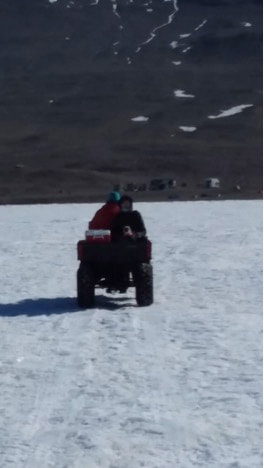
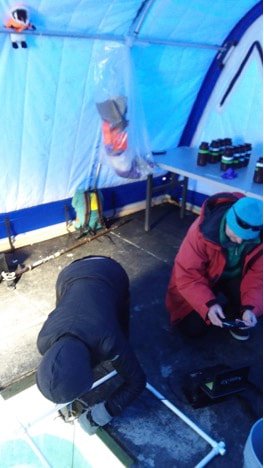
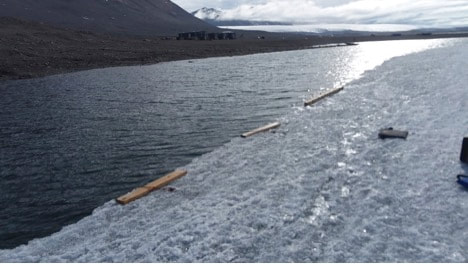
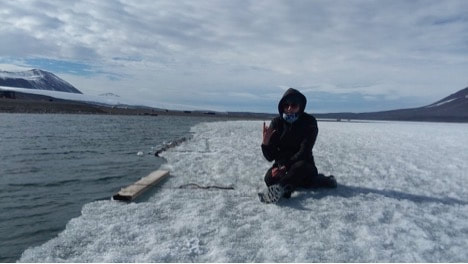
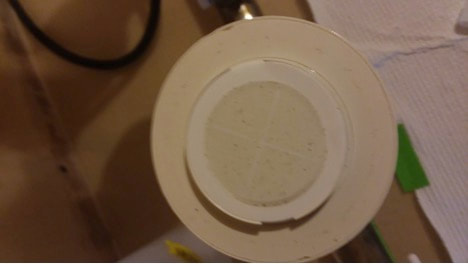
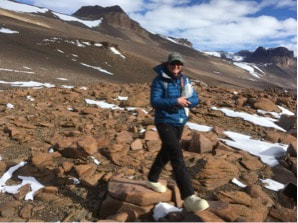
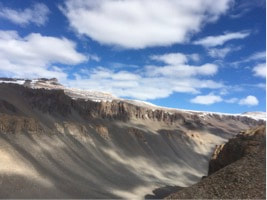
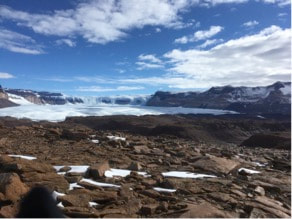
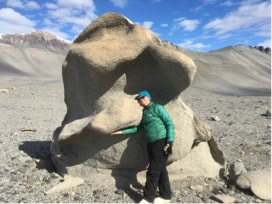
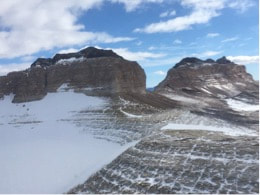
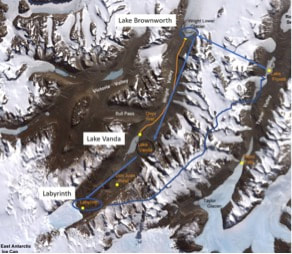
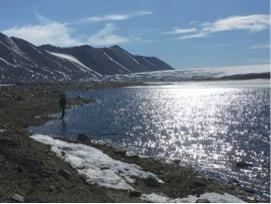
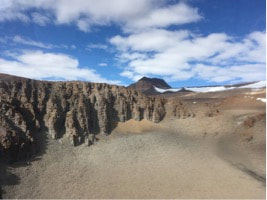
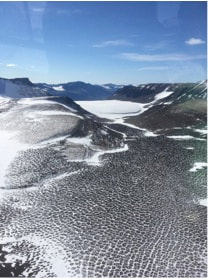
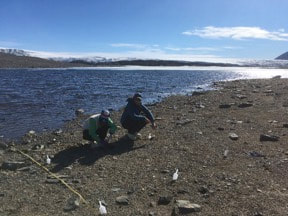
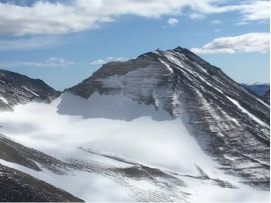


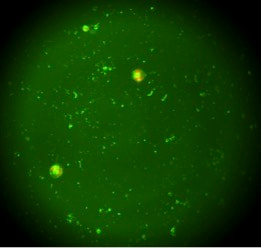
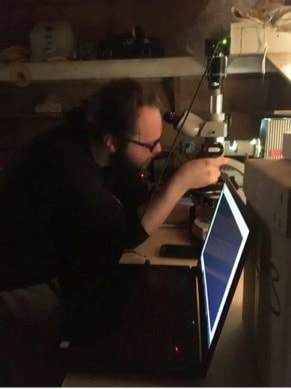
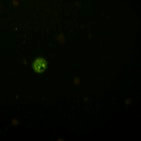
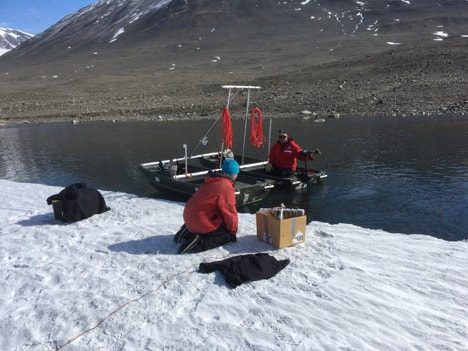
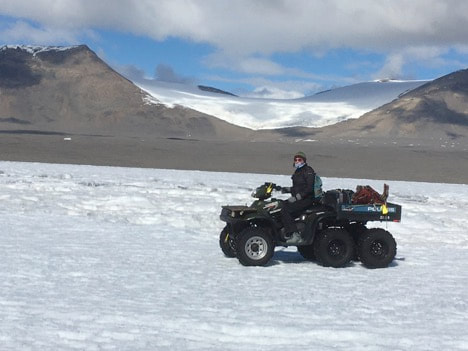
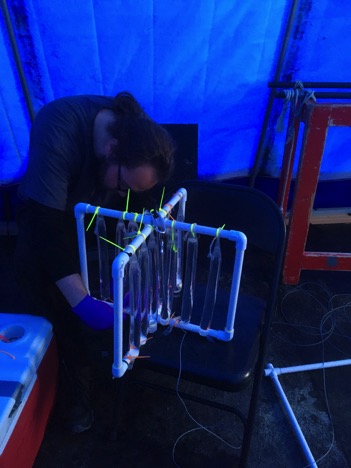
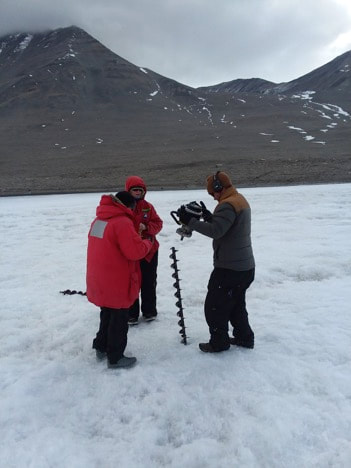
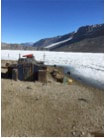

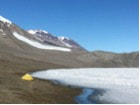
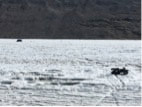

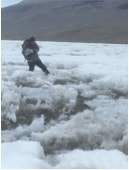
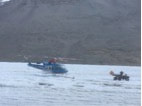


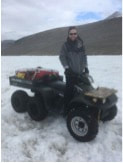

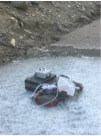
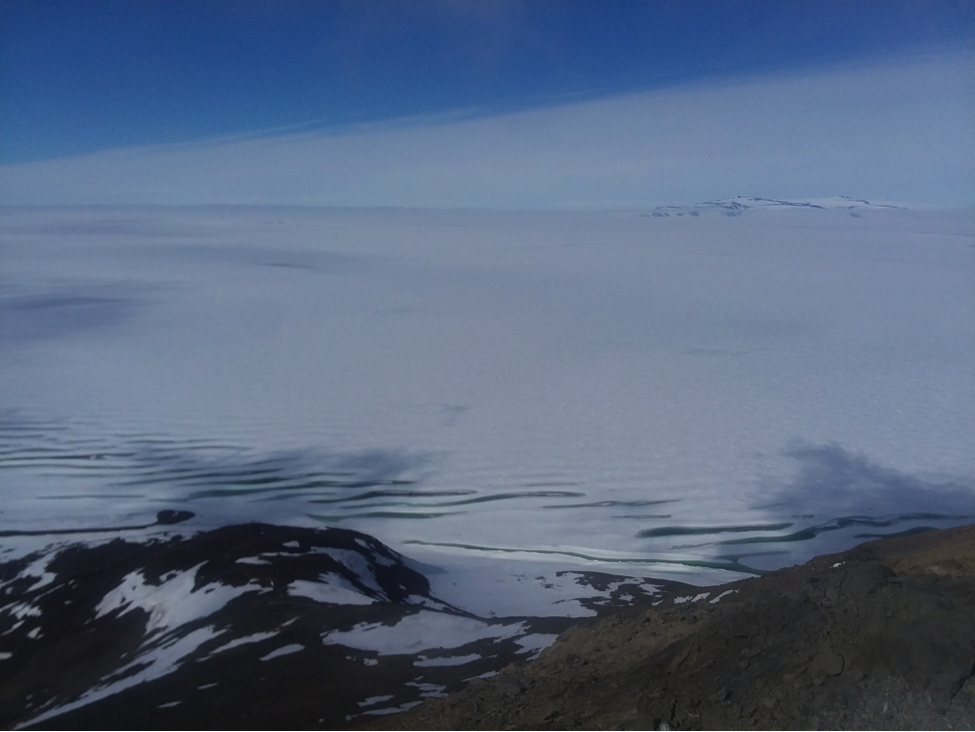
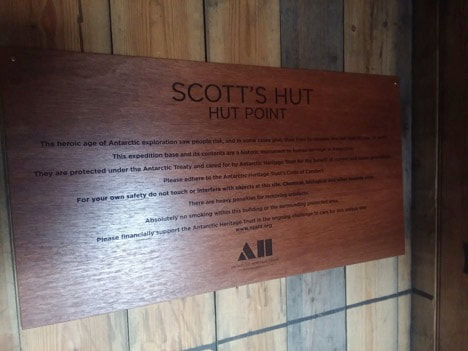
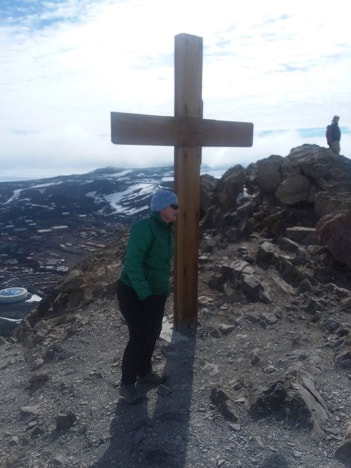
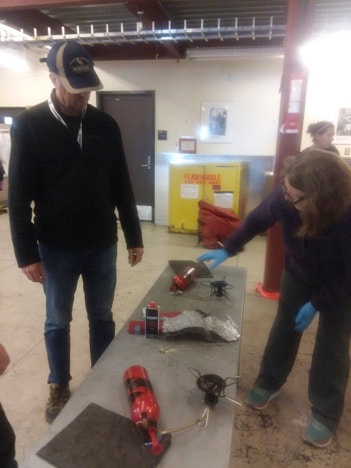
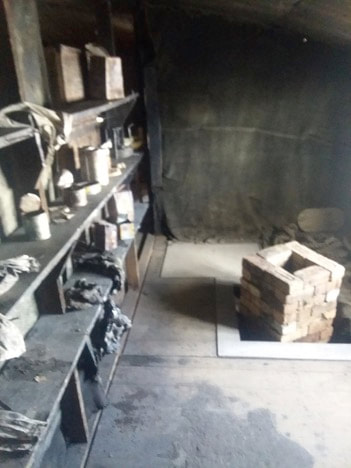
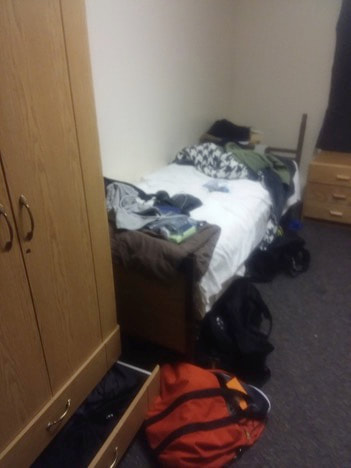
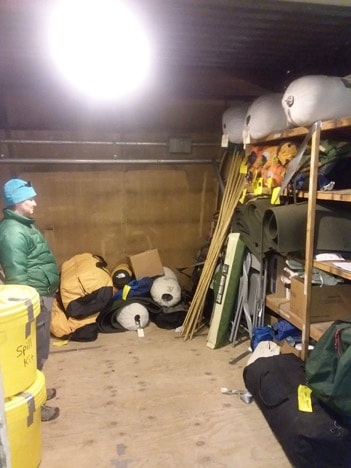
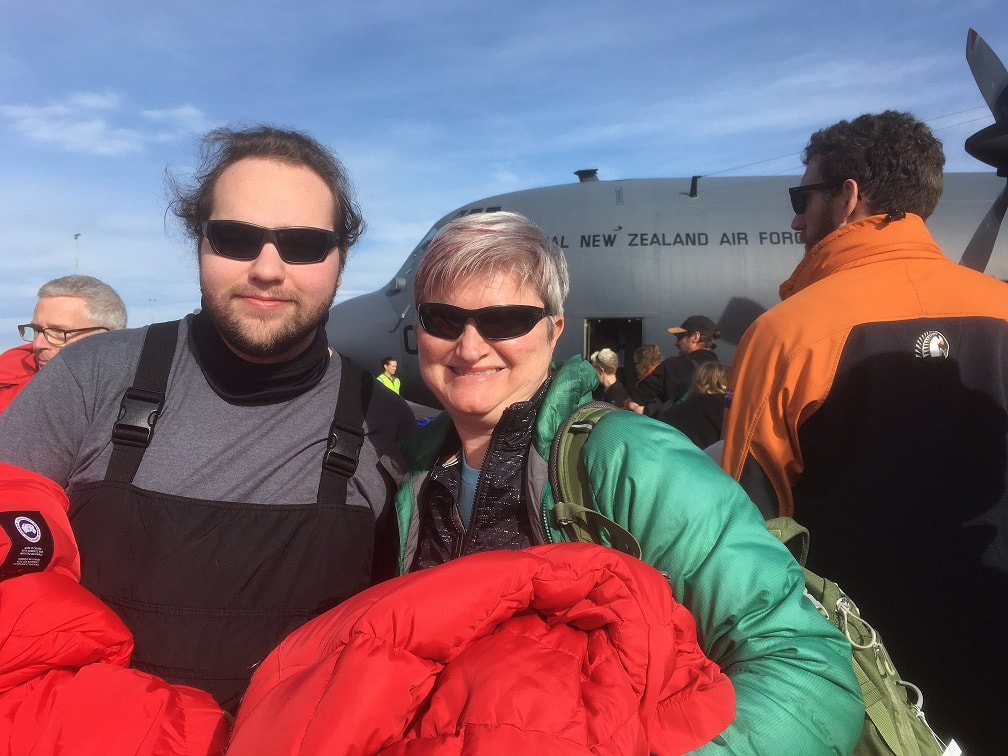
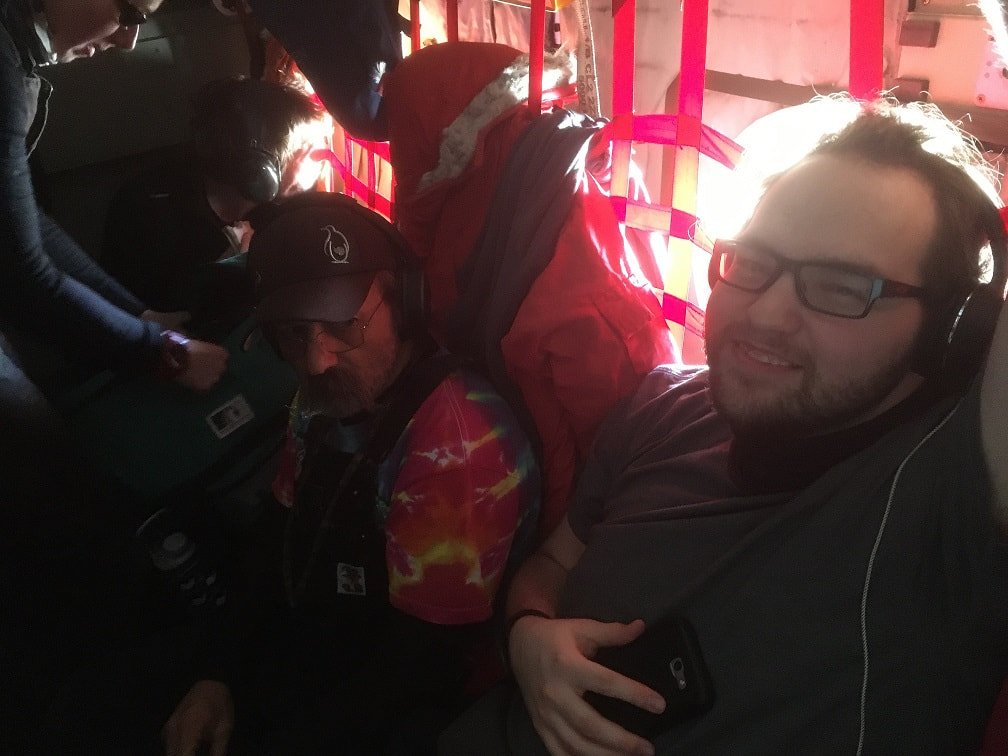
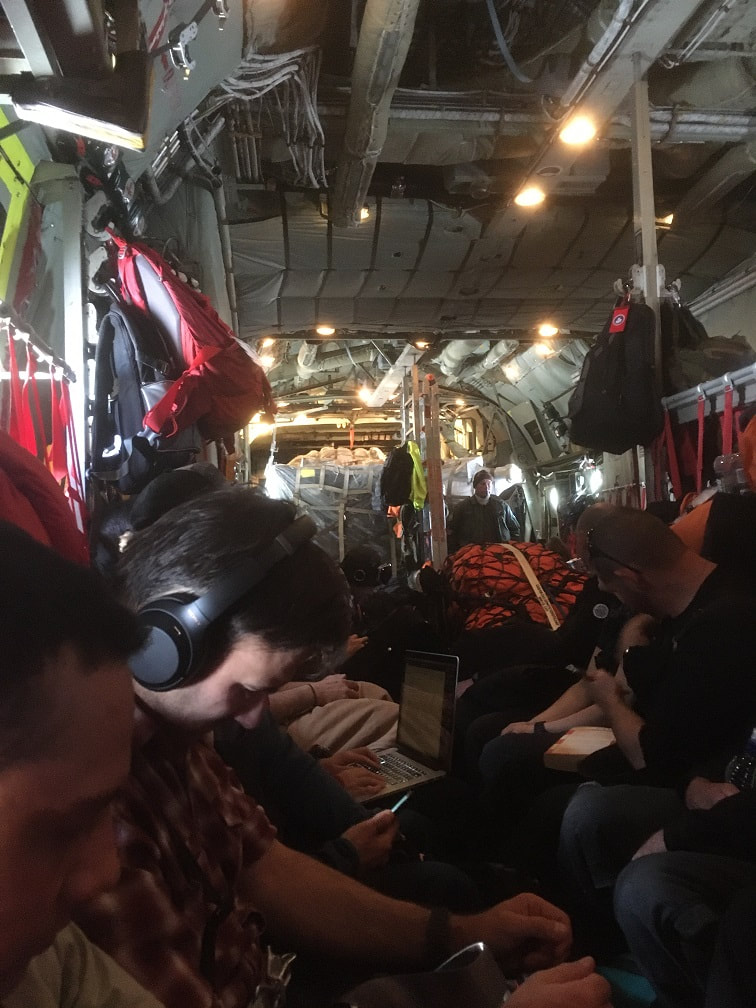
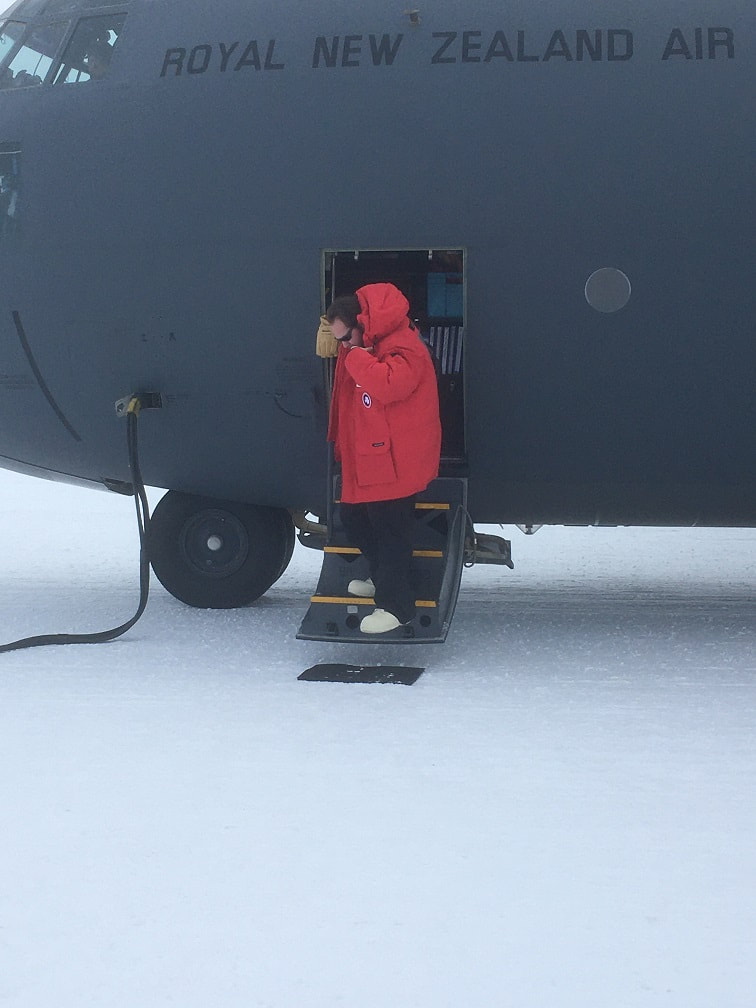
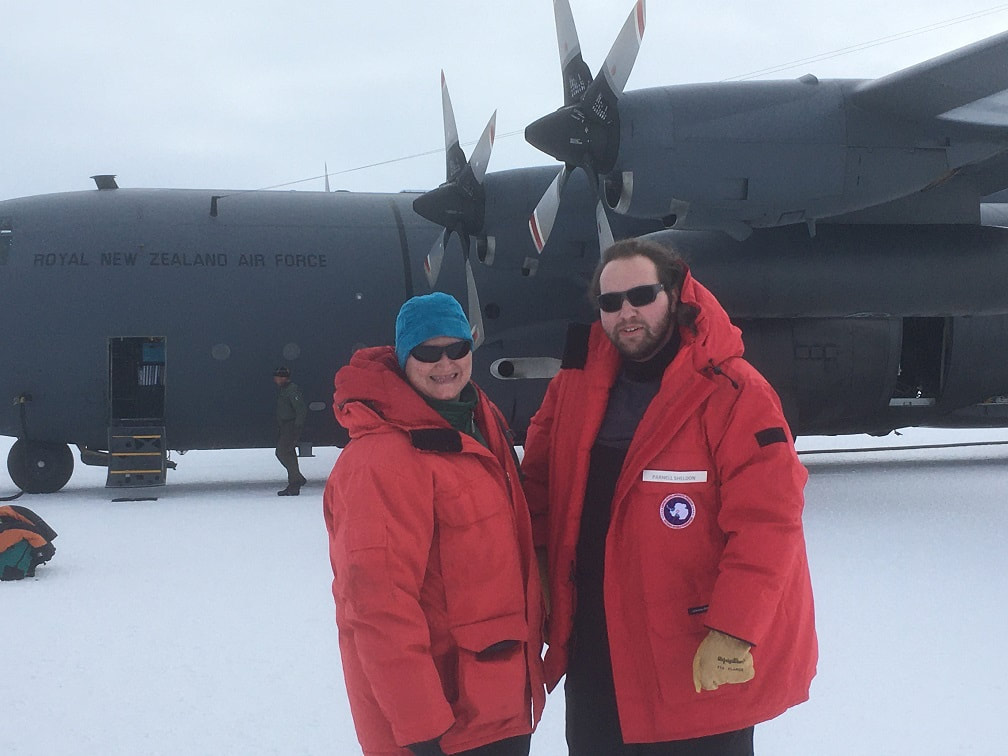
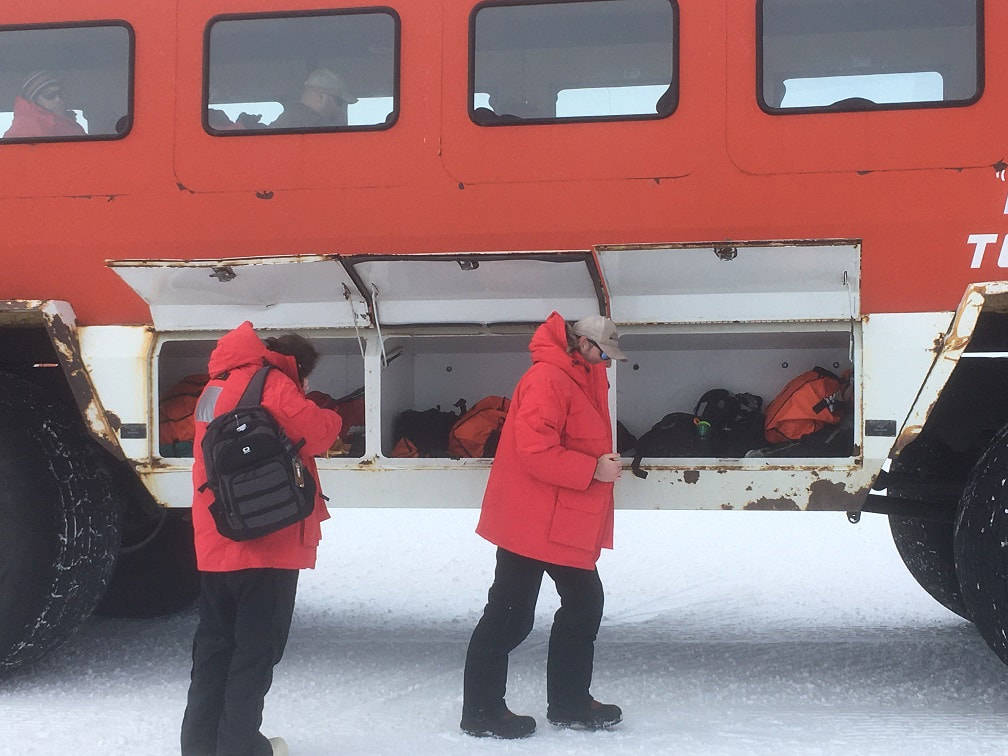
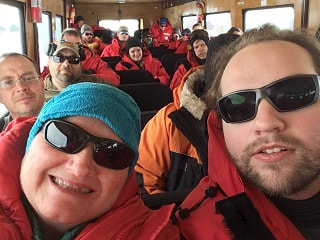
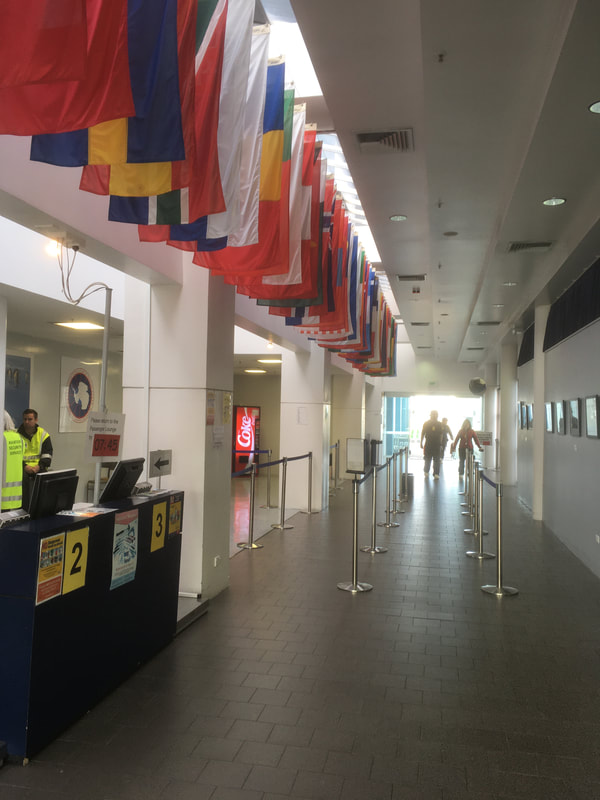
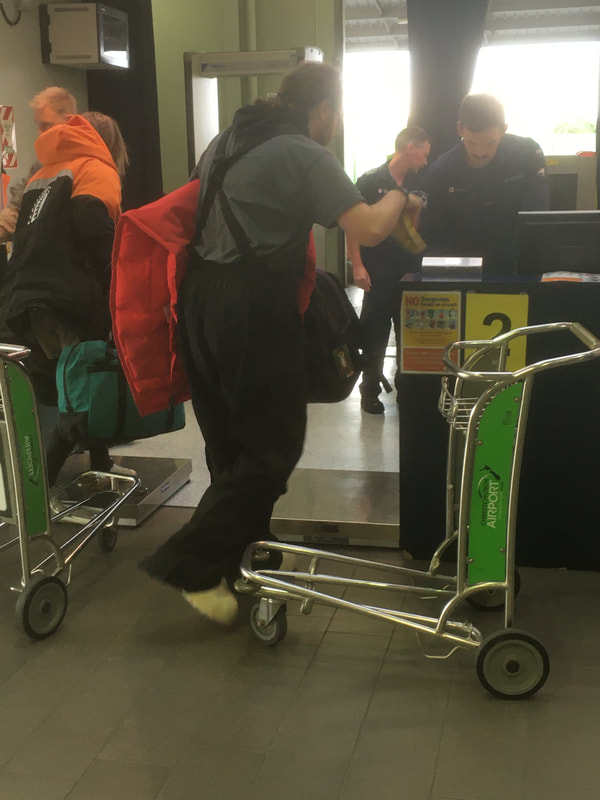
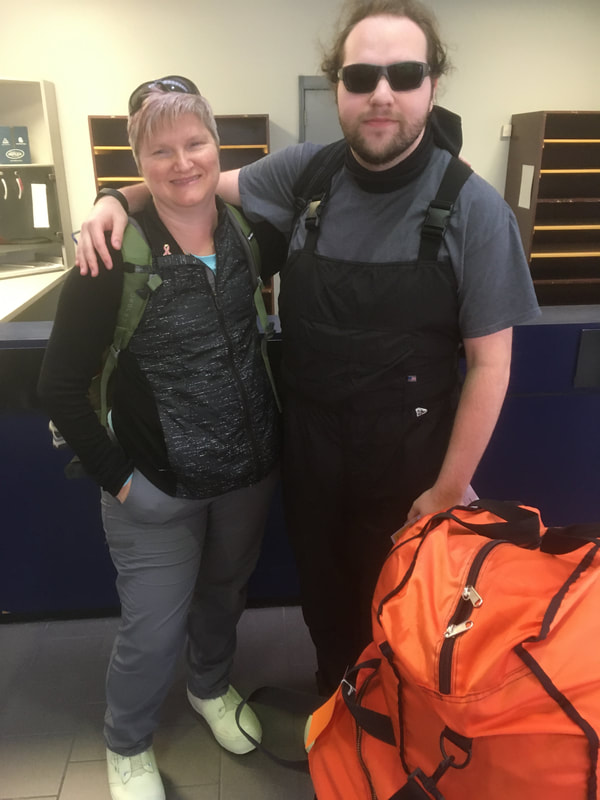
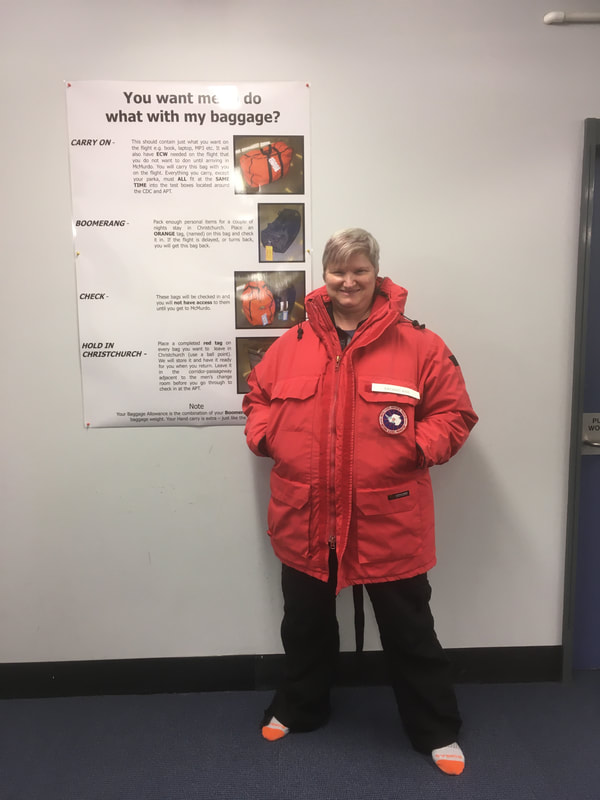
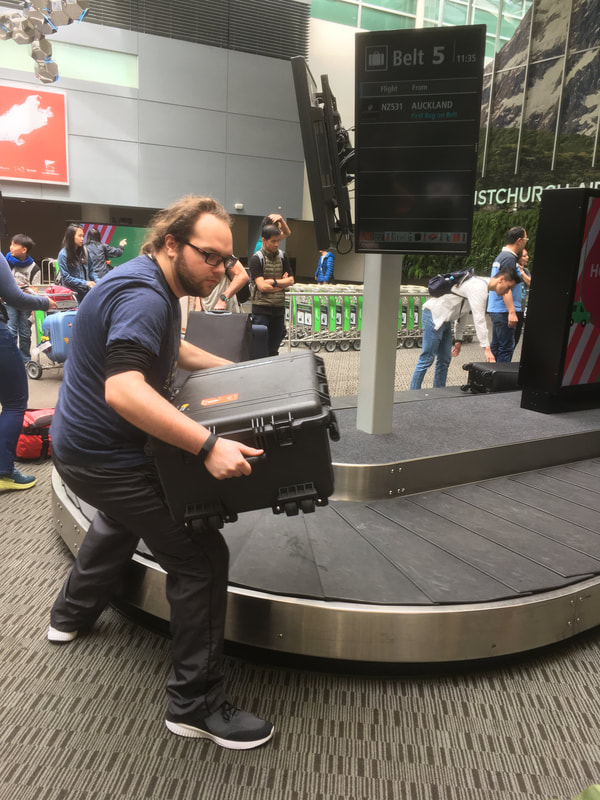
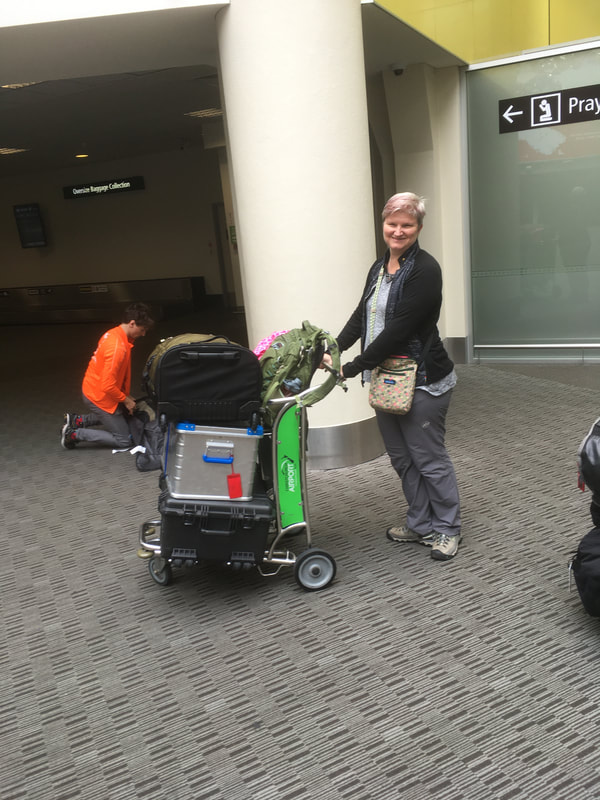
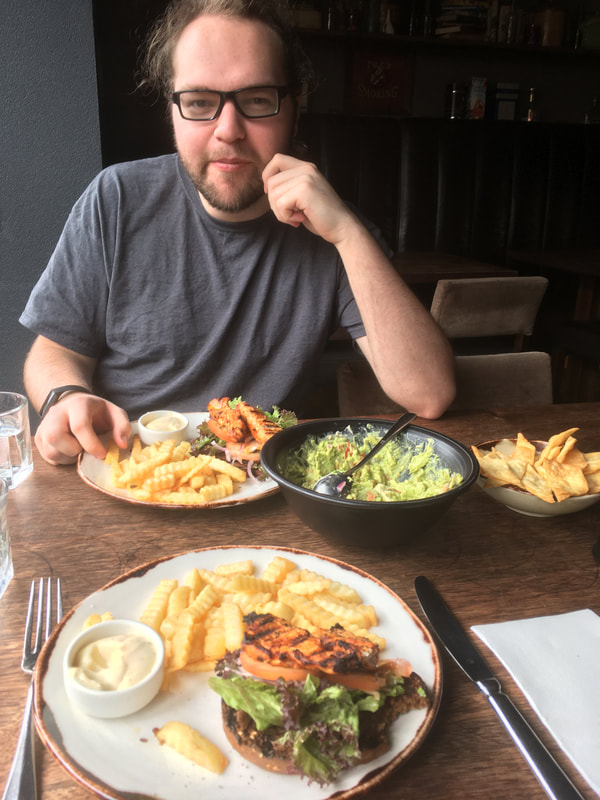
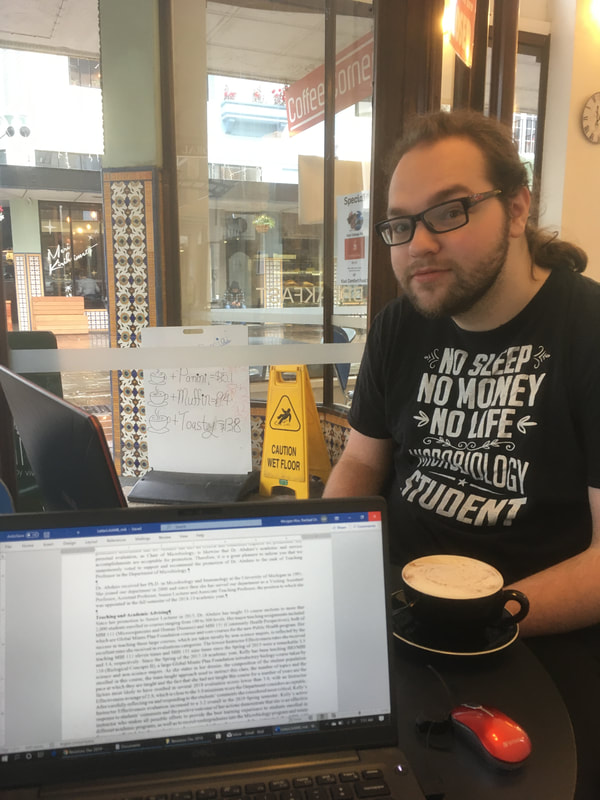
 RSS Feed
RSS Feed
